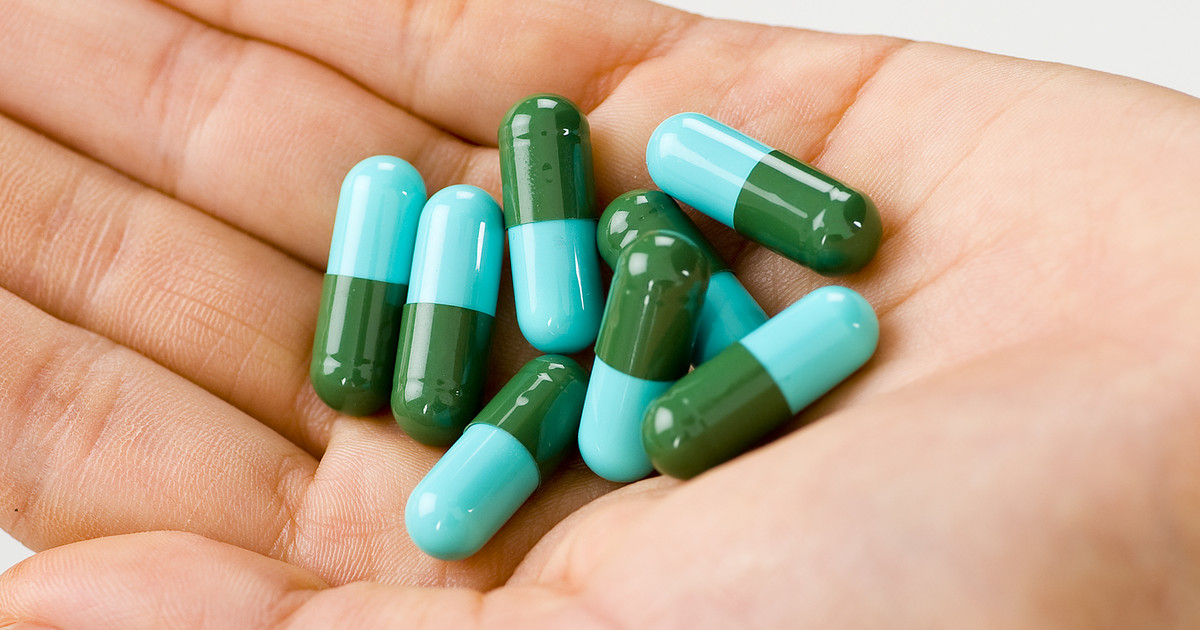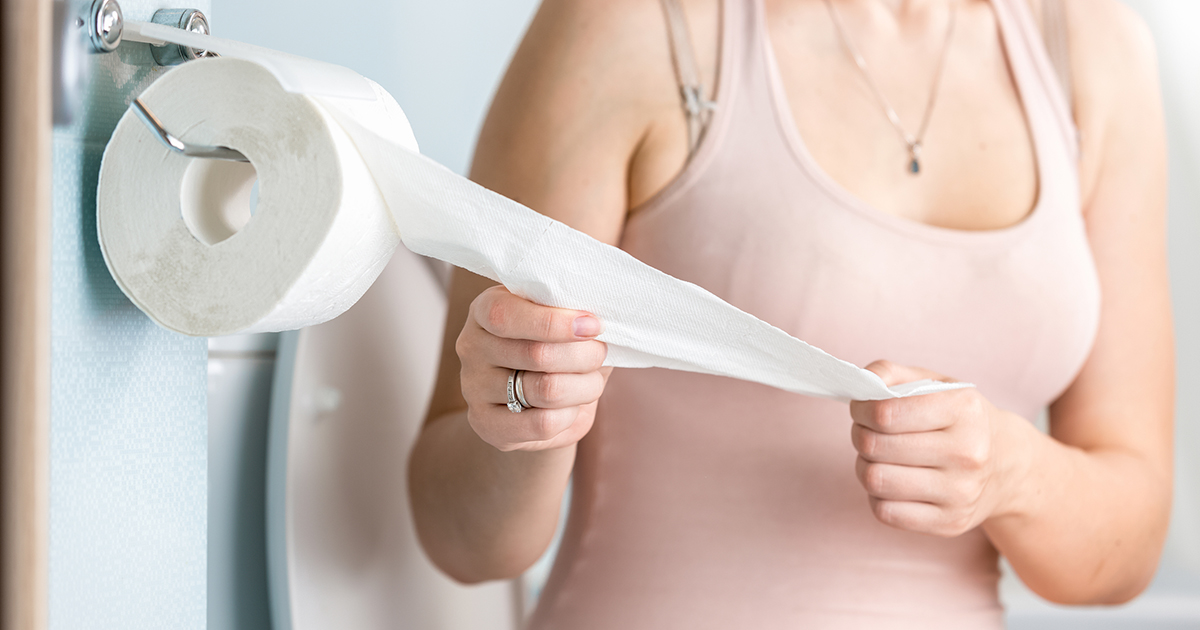How To Effectively Treat A UTI
Urinary tract infections (UTI) occur in your bladder, urethra, kidneys, or ureters. Typically, most of the time these infections involve the urethra and bladder. Women are more susceptible to developing a UTI than men. A urinary tract infection can be extremely painful and severe consequences can occur if left untreated. Symptoms include cloudy urine, passing small amounts of urine frequently, a burning sensation when peeing, a strong urge to urinate, foul-smelling urine, pelvic pain in women, or urine that appears red or bright pink. Doctors typically recommend antibiotics for urinary tract infections. However, there are other steps you can take to lower your risk of getting a UTI.
Antibiotics

Medications are the quickest way to treat a urinary tract infection. Many UTIs are straightforward or uncomplicated, and different medicines are recommended depending on the type of bacteria detected in the urine. If you have an uncomplicated urinary tract infection, you will be prescribed one of the following: fosfomycin, trimethoprim, cephalexin, or ceftriaxone. Antibiotics generally take between three to five days to kill the bacteria that cause a UTI, though the pain and urgency to urinate will subside after a few doses. The entire prescription of antibiotics must be completed regardless of how quickly you feel relief. A complicated urinary tract infection that includes a kidney infection could take ten to fourteen days to treat.
Vaginal Estrogen Therapy

New laboratory research suggests vaginally delivered estrogen treatment can prevent frequent urinary tract infections. Changes due to age including menopause increase the chances of UTIs as estrogen declines, as low estrogen levels have been previously linked to recurrent infections. Antibiotics have long been the standard for treating these infections in women. However, resistance to medication is increasing, and women now need non-antibiotic options. Vaginal estrogen therapy is used as a more holistic approach to change the way women respond to bacteria. Research on animals has proven estrogen prevents urinary tract infections from reoccurring. Estrogen promotes the bladder's production of natural antimicrobial substances and also strengthens the urinary tract by tightening the gap between cells lining the lower urinary tract.
Heating Pads

A bladder infection occurs when the bladder is inflamed. Heat therapy is recommended to reduce pelvic pain from the inflamed area, as heat increases blood flow and allows the connective tissue to become more flexible. It will temporarily reduce pain, the buildup of fluid in tissues, and reduce inflammation. Using a heating pad with help soothe the irritation and pain around the pubic area. Place a warm blanket or heating pads on a low setting directly on the skin. To avoid burning, limit your use to up to fifteen minutes at a time and take an extended break between sessions. Soaking in a hot bath will also decrease the painful sensations.
Peeing When Necessary

Wiping from front to back is the easiest way women can prevent a urinary tract infection. When you wipe from back to front, you move fecal matter towards the urethra. E.coli from the large intestine travels up to the bladder and begins to create the infection.
Peeing when needed is crucial when it comes to preventing a UTI. If you are sexually active, germs can travel through the urethra after sex. It's vital to urinate and full empty the bladder immediately after sexual intercourse to help eliminate these germs and bacteria. Washing your genital area afterward will also lower your risk of contracting a urinary tract infection. Just remember to wipe in the right direction as well!
Cranberry Juice

Many scientists believe drinking cranberry juice can prevent bacteria from turning into an infection within eight hours of consumption, as there are active compounds in cranberries that fight against harmful bacteria including E. coli. Studies have shown the cranberry metabolites in the juice prevent E. coli from adhering to other bacteria, thus limiting its ability to multiply and spread. When E. coli can connect with other bacteria found in the urinary tract, it will create an infection. There are also over-the-counter cranberry supplements available at your local drugstore. One tablet is equivalent to an eight-ounce glass of the juice. Cranberry juice shouldn't be used as the sole form of treating an infection, but it can help prevent future urinary tract infections. If you suspect you have one, contact your doctor immediately.
